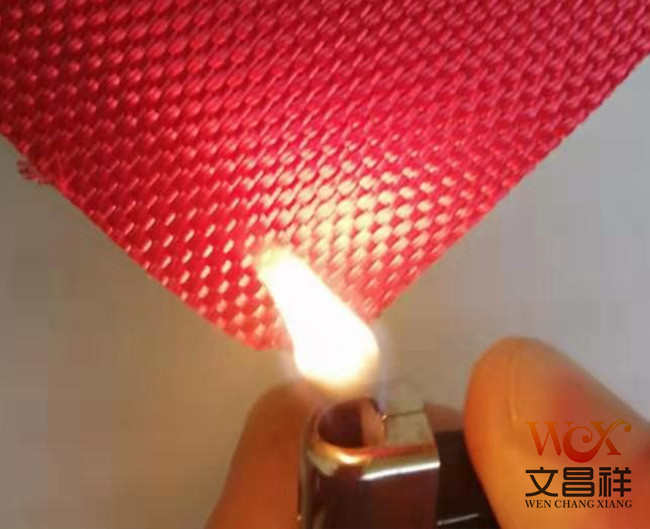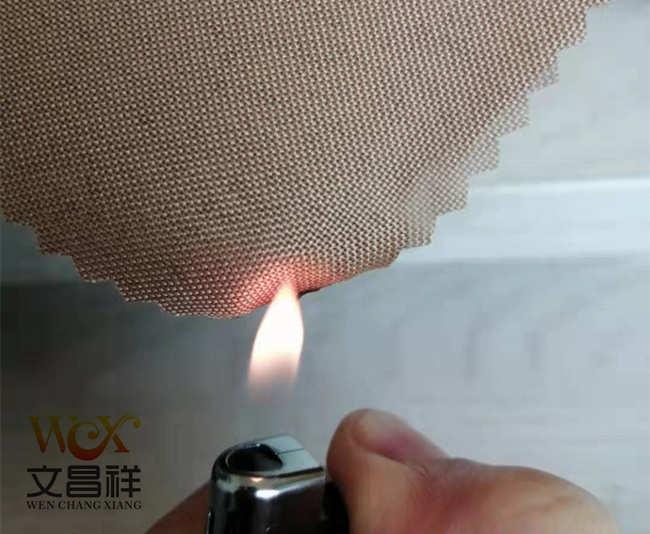The flame retardant methods of flame retardant fabrics are mostly divided into two types. One is to weave flame retardant fibers into flame retardant fabrics, and the other is to post-process the fabric to make it flame retardant. Most flame-retardant fibers or fabrics only have flame-retardant functions and cannot meet the special requirements of certain departments, such as flame-retardant and water-repellent, flame-retardant and oil-repellent, flame-retardant and antistatic, etc. Therefore, it is important to develop multi-functional flame-retardant fabrics. It must be done.

For There are generally two methods for flame retardant finishing of synthetic fibers or fabrics with flame retardant functions. One is to copolymerize flame retardant monomers and polymers or add flame retardants to the polymers and process them into miscible copolymers. Mix fibers and then weave them into flame-retardant fabrics; the other is to treat the fabric with flame retardants by spraying, padding, and coating. When exposed to fire, physical and chemical reactions occur to achieve the flame-retardant effect.

High-efficiency multifunctional composite flame retardants and inorganic environmentally friendly flame retardants have attracted much attention. The thermal stability and durability of composite flame retardants are both good. In the field of flame retardants, there are no longer only halogen-bromine flame retardants, but also phosphorus-based, nitrogen-based silicone-based, intumescent flame retardants, and inorganic flame retardants are also slowly emerging. They do not contain halogen antimony and are flame retardants. One of the ways to halogen-free agents.
Oxford cloth specifications: 1680D, 1200D, 900D, 600D, 420D, 300D, 210D, 150D, etc.
Oxford cloth functional classification: flame retardant Oxford cloth, waterproof Oxford cloth, PVC Oxford cloth, PU Oxford cloth, camouflage Oxford cloth, fluorescent Oxford cloth, printed Oxford cloth, composite Oxford cloth, etc.
</p







